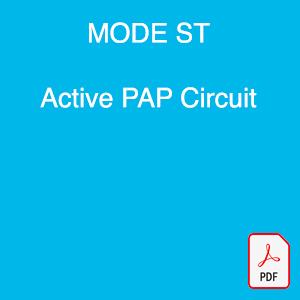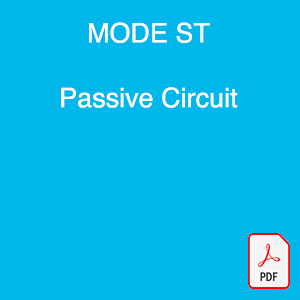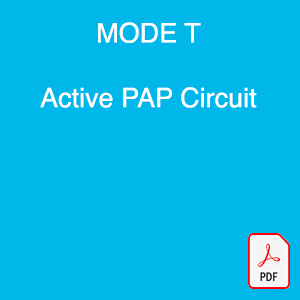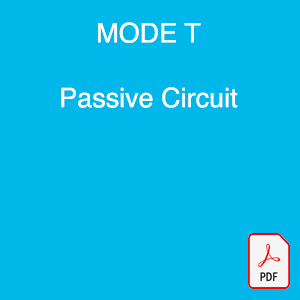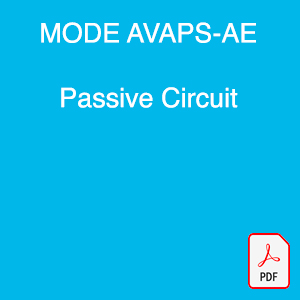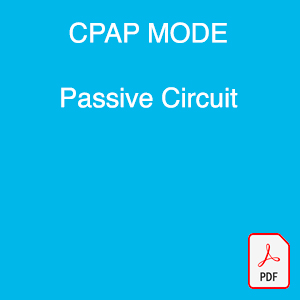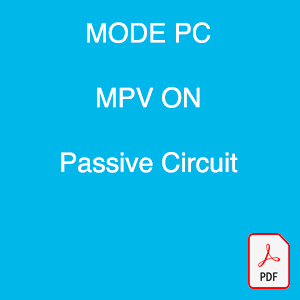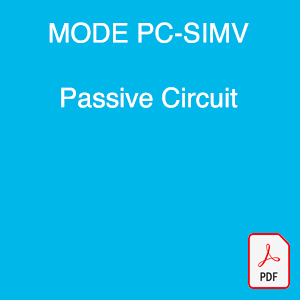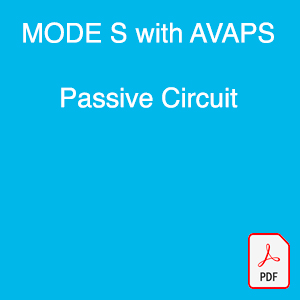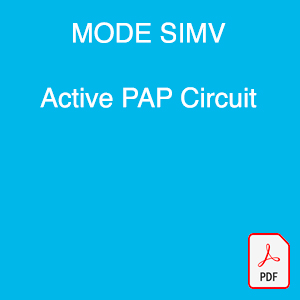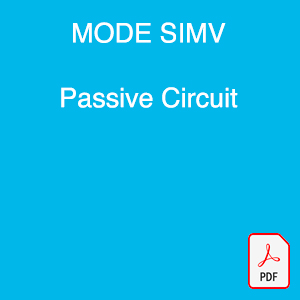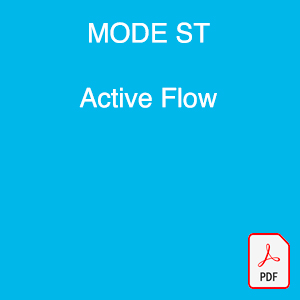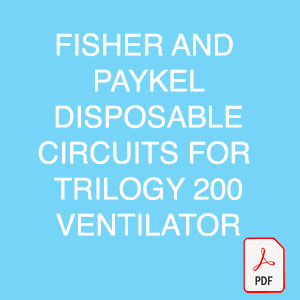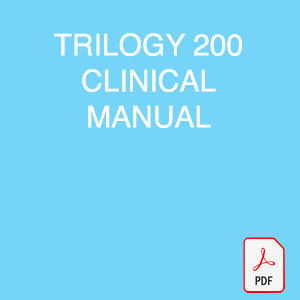Trilogy 200 Ventilator
The following is a list of battery options to support the model Trilogy200 ventilator for mobility. Note that batteries for mobility are not funded by ADP, but coverage may be available for clients receiving support from the Ontario Disability Support Program (ODSP) or other funders.
Option 1: A dedicated 12-volt sealed lead acid or gel cell battery to power the model Trilogy200 ventilator. For clients with a Centralized Equipment Pool (CEP) power wheelchair, Motion will assist with the provision of a stand-alone, 12-volt battery with battery box, associated tray, and battery charger and will support the required servicing/maintenance to safely mount and connect the battery to the ventilator – including replacement batteries. This option is configured as a stand-alone item powering only the ventilator and not configured as a shared battery system with the wheelchair. The duration of the battery depends on a number of factors, including the age and size of the battery as well as the test conditions (draw from the battery based on ventilator settings). For example, a 33 amp-hour battery can power the ventilator upwards of 12-16 hours. When this option is coupled with a detachable battery (standard issue with every Trilogy200 ventilator), an additional three hours of DC power are available to power the ventilator.
Option 2: A Philips Respironics-approved lithium-ion battery kit through an approved dealer. The battery kit (Philips part number 1124010) provides more than 8 hours of battery life (based on run-time test conditions for Trilogy: S/T mode, IPAP 15 cm H20, EPAP 5 cm H20, BPM 12, inspiratory time 0.8 s, passive, compliance 20, resistance 20) and easily attaches to a wheelchair via the carrying case and its attachment strap and, weighs only 2.25 lbs. For a more accurate run-time, test conditions should make use of the user’s prescribed settings. For additional information, see the battery kit brochure at 3ad25fa2847341068c80a77c01489f86.pdf (philips.com). When this option is coupled with a detachable battery (standard issue with every Trilogy200 ventilator), an additional three hours of DC power are available to power the ventilator.
Option 3: Philips Respironics detachable hot-swappable 14.4 VDC batteries through an approved dealer. These batteries are small, easy to detach and swap when needed. The detachable battery duration is approximately 3 hours. A separate Trilogy Detachable Battery Charger with US Power Cord is available. The detachable Battery charger facilitates charging more than one detachable battery at a time. More information can be found at https://www.philips.com.sg/healthcare/product/HC1072182/trilogy-detachable-battery-charger-power.
For ventilator dependent patients, always have alternate ventilation equipment available, such as a back-up ventilator or manual resuscitator.

